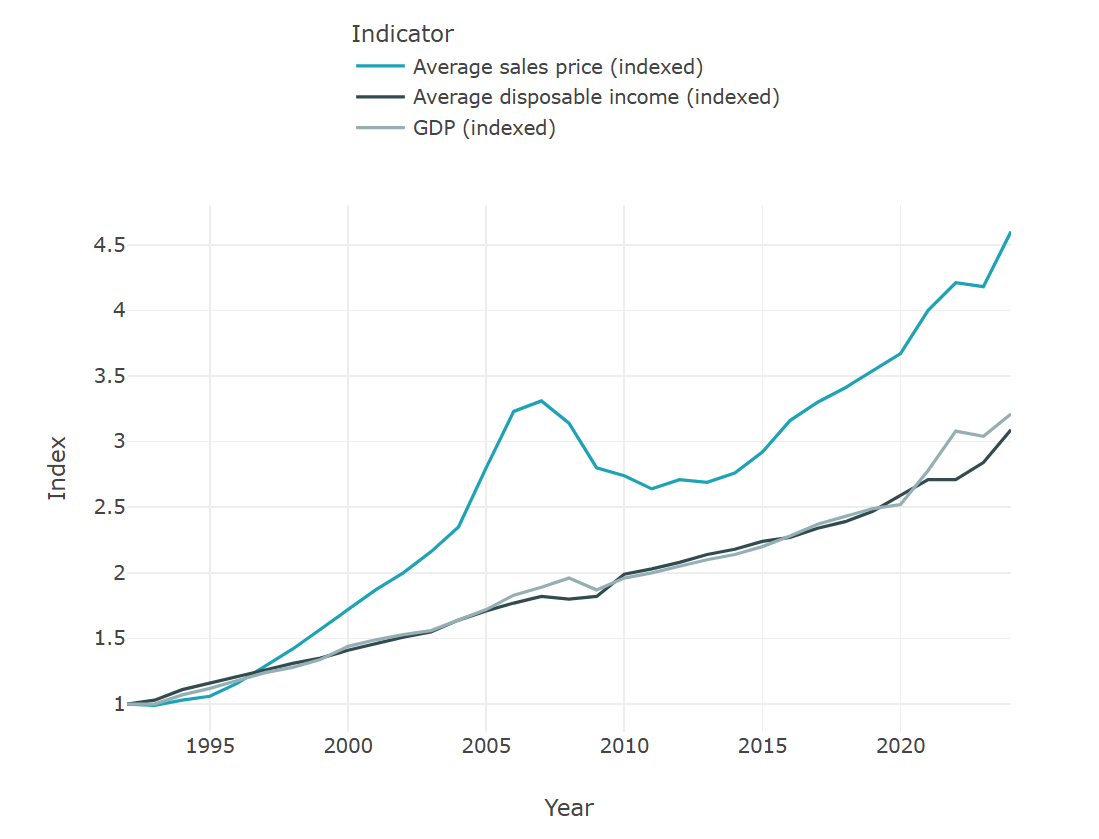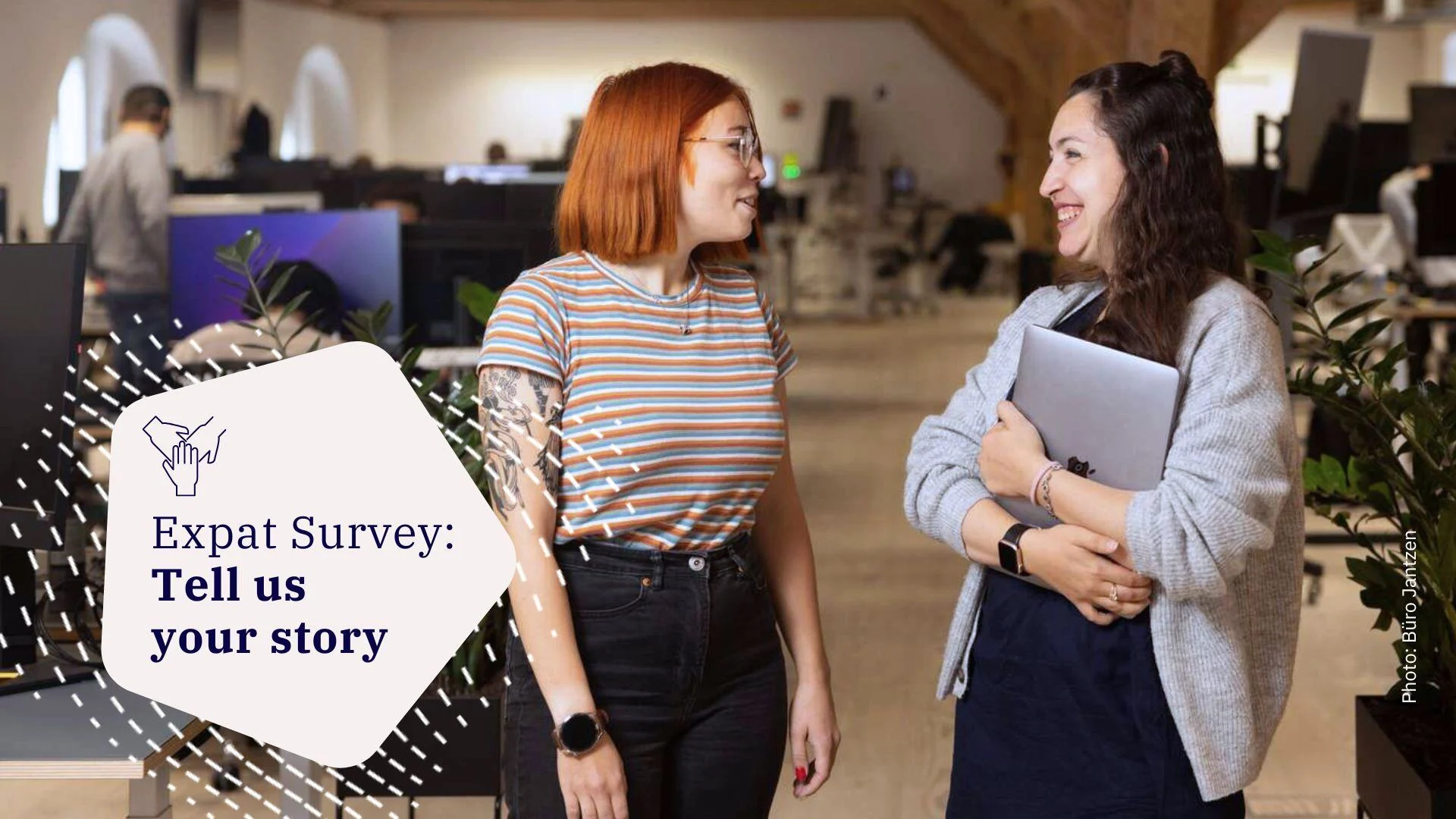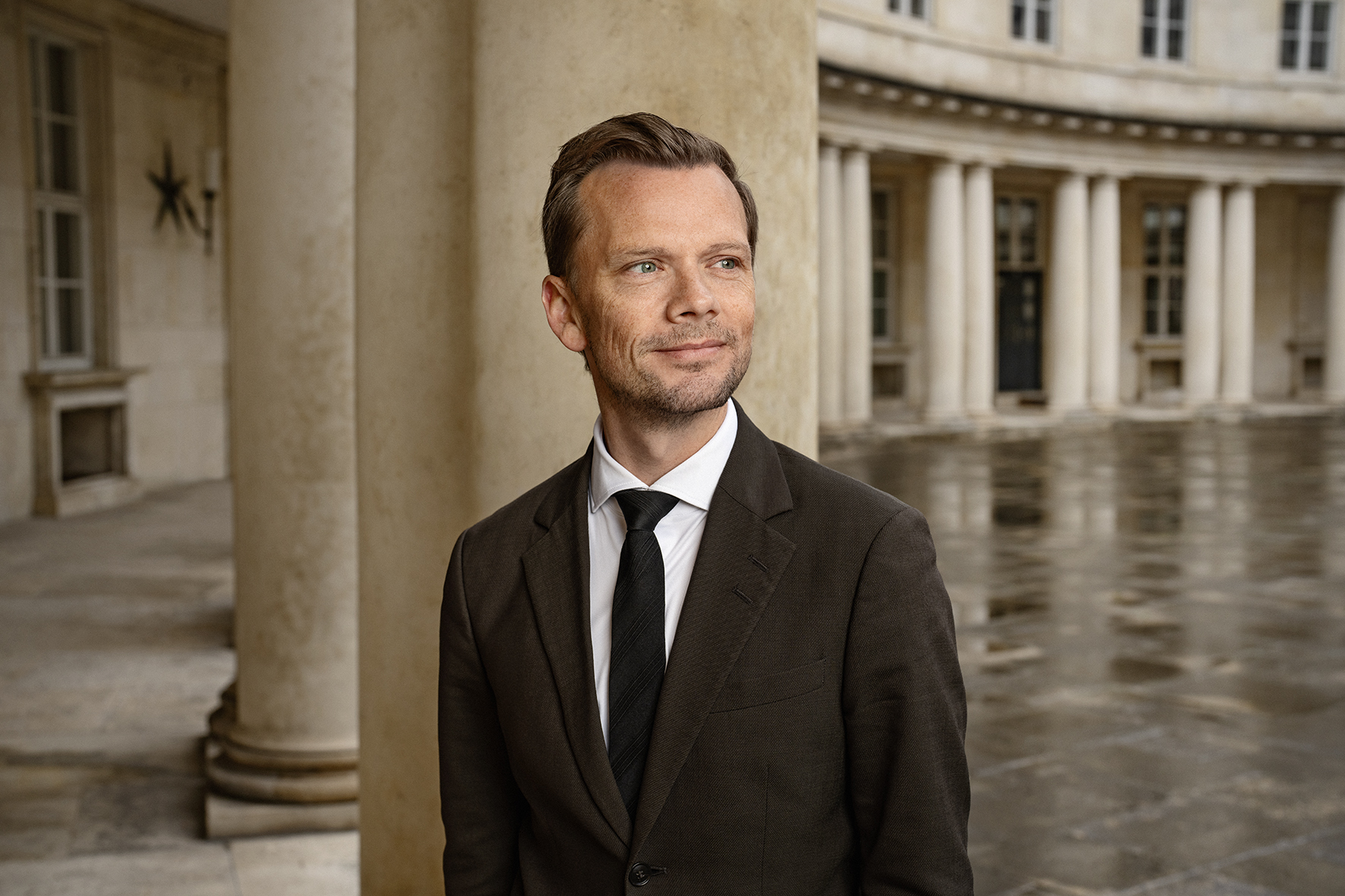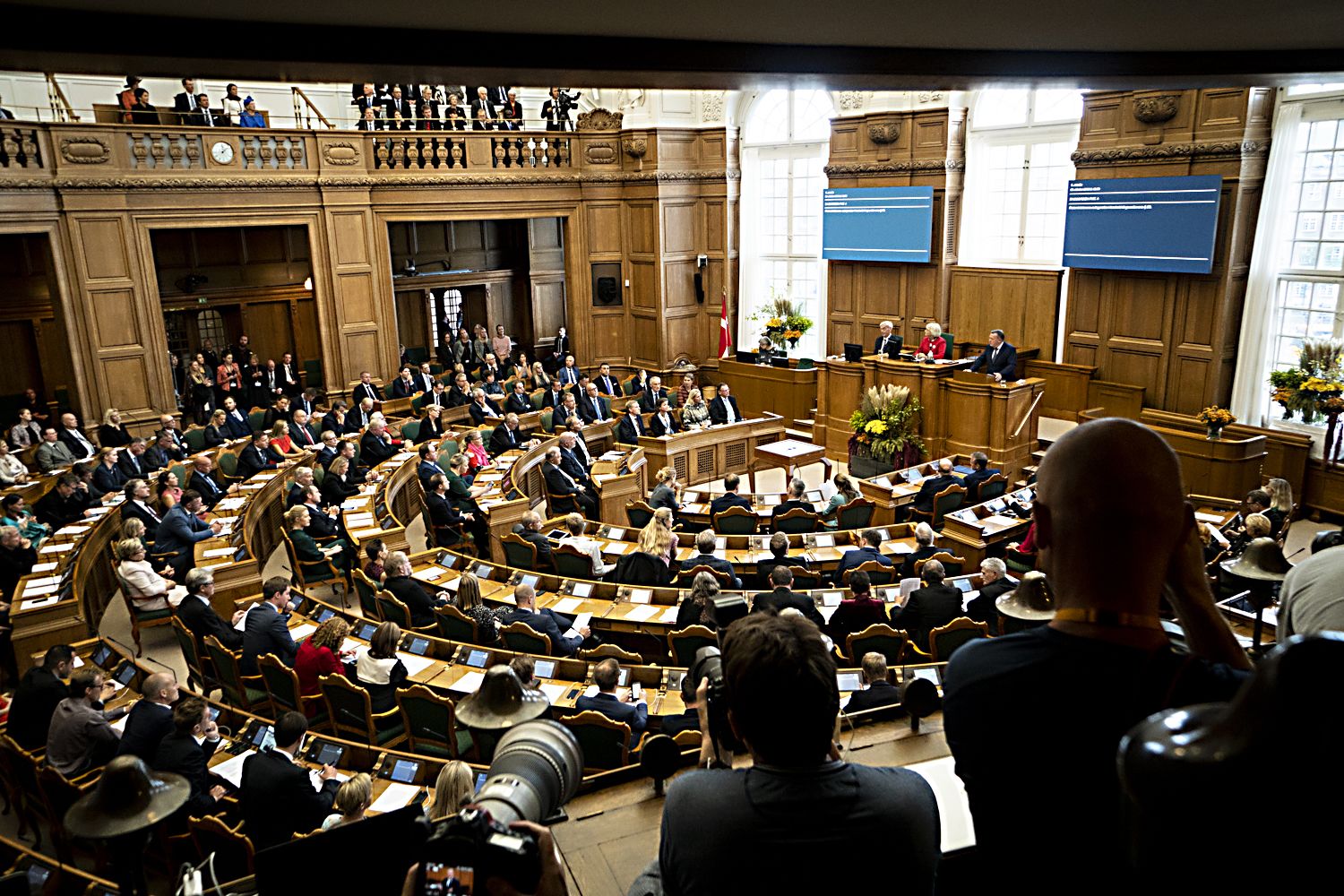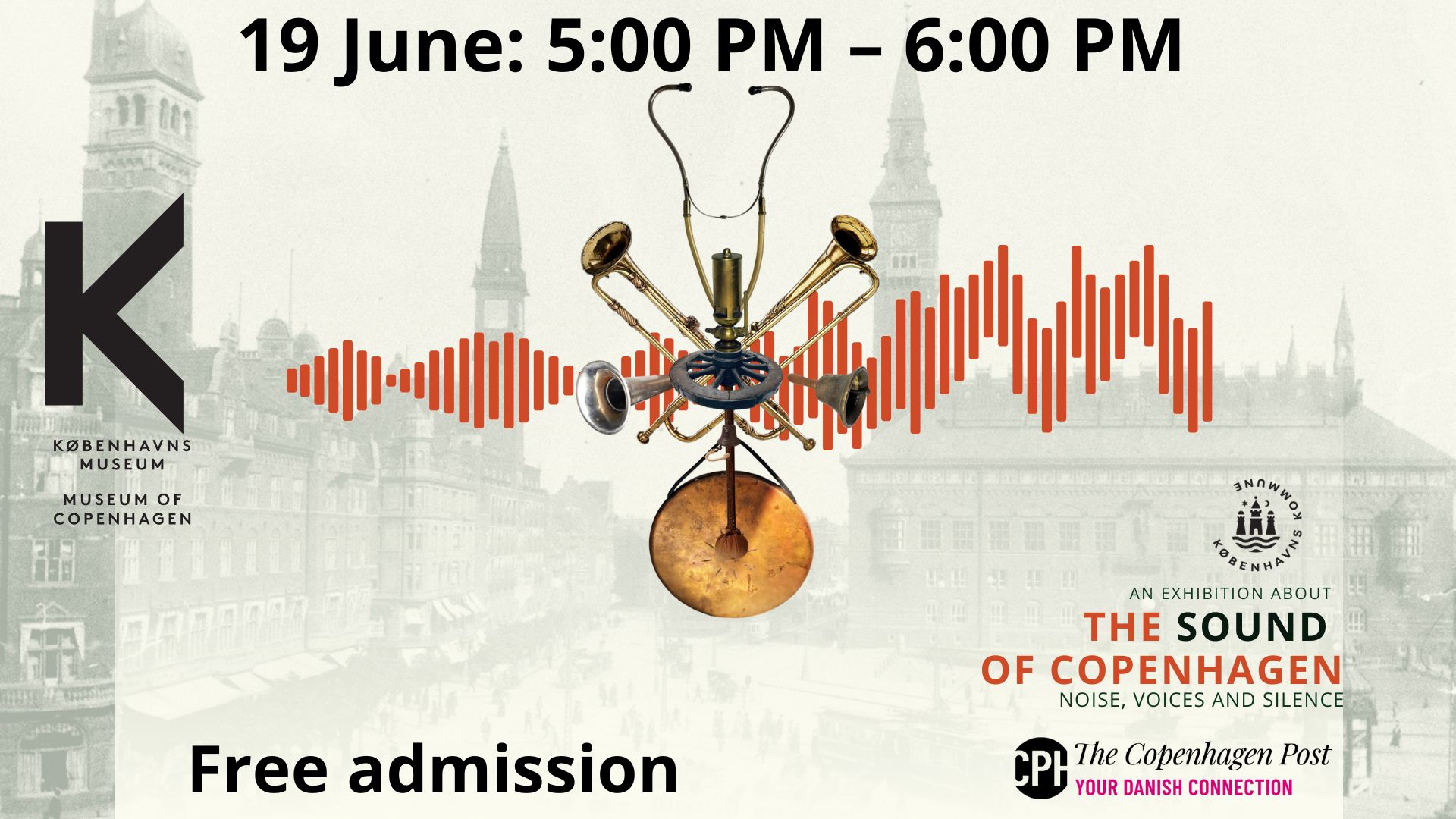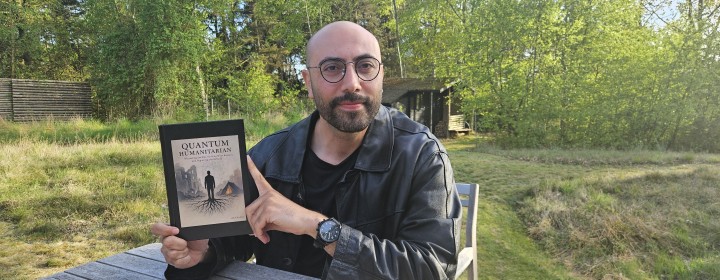Motorists and train passengers passing the Fehmarn Belt in 2021 via the immersed tunnel do not have to worry about driving over local frogs and toads anymore.
Biologists are currently in the process of developing so-called 'amphibian fences' to ensure the amphibian population will not be harmed by the construction.
Guiding frogs to safety
The amphibian fences are designed to lead the animals out of the construction area and prevent them from returning, so they are kept safe.
Some of the amphibians are spending the winter inside the construction area.
In the spring they will move into the nearby waterpools to breed, and the fences will stop them from walking back. Additionally, new waterpools will be built.
Protecting endangered amphibian species
Martin Kielland, who has conducted numerous studies about the area and local wildlife, explains that in total ten waterpools will be closed down in the course of the next six years as the construction proceeds.
Seven of these ponds are currently inhabited by seven endangered amphibian species: the large newt, the small newt, the common toad, the green variegated toad, the green frog, the moor frog and the leap frog.
The biologists will build 26 new waterpools for them away from the construction area.
Accommodating different preferences
"It is difficult to know if the species will accept all the new ponds, so we have decided to create more of them than we actually need," Kielland told DR.
"Green toads prefer newly-made ponds because there is no competition and predators for them. Salamanders, in contrast, have difficulties settling in completely new ponds."
The new ponds will be established in different time-periods, with various depths, sizes and content.
Fehmarn Belt Fixed Link
The 18 km long Fehmarn Belt underwater tunnel will connect the German island of Fehmarn to the Danish island of Lolland.
The tunnel will cross the Fehmarn Belt in the Baltic Sea, providing a direct link by railroad and highway between northern Germany and Copenhagen.
The construction of the Fehmarn Belt Fixed Link was expected to be finished in 2018, but the deadline was eventually postponed to 2021.



